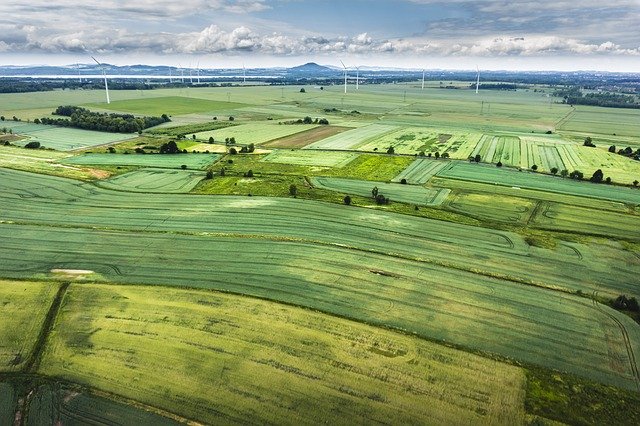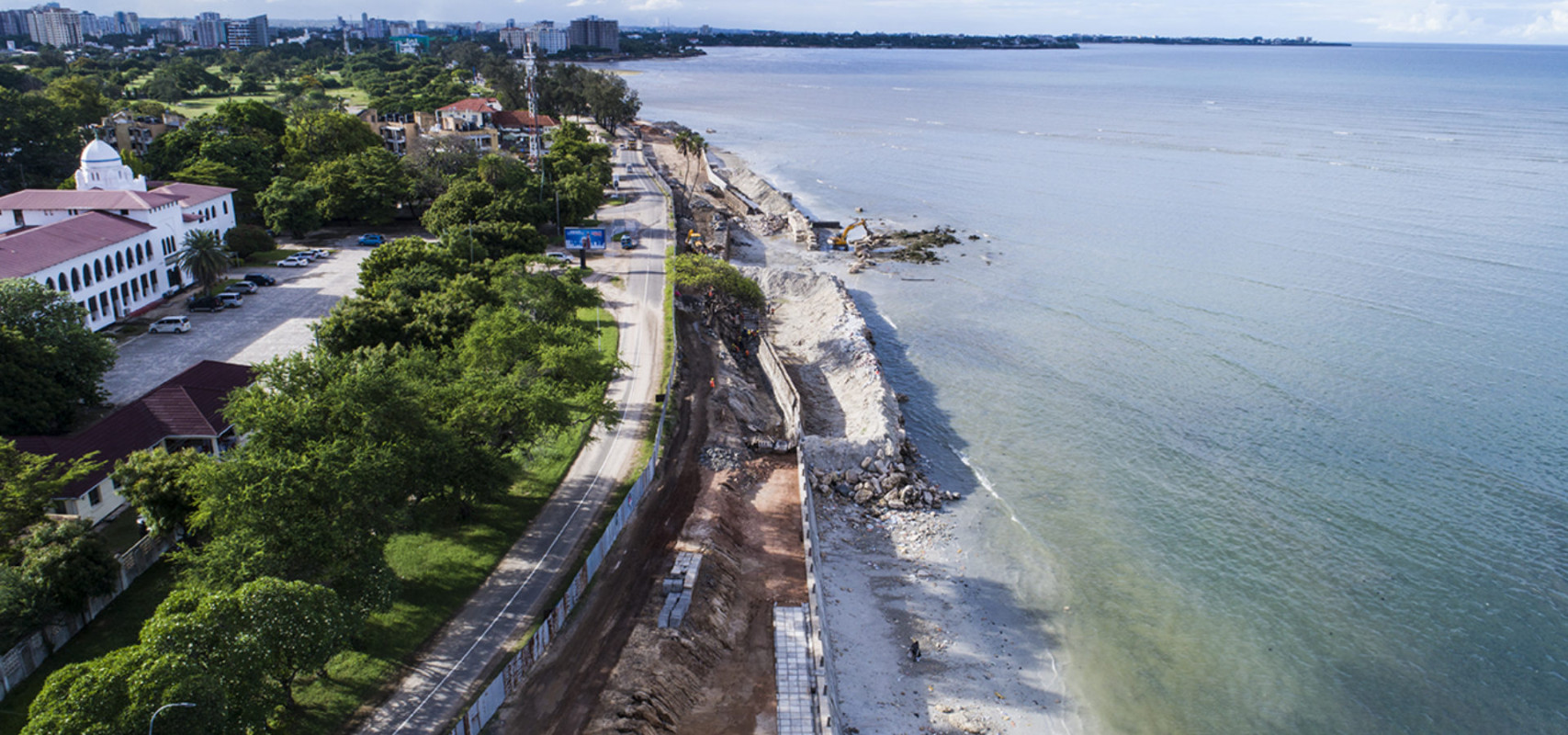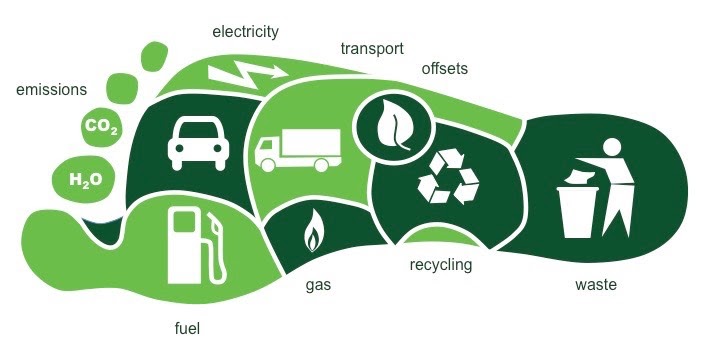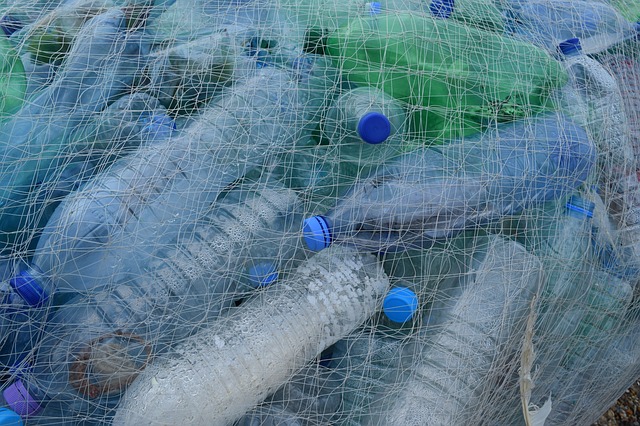
We have learned how we can reduce greenhouse emissions in energy, agriculture, industries, buildings, and transportation.
Preventing or reducing emissions to keep our Earth from heating up too fast is known as climate mitigation.
Mitigation is important and the solutions we find will benefit the whole planet.
What Is Adaptation?
Even if we stopped all greenhouse gas emissions today, our planet will continue to warm before it gets better. This is because gases such as carbon dioxide stay in the atmosphere for thousands of years.

This means impacts such as extreme weather events and sea-level rise will worsen.
We will need to find ways to adapt to the changes that are already happening -- and this is known as climate adaptation.
Some examples of climate adaptation are: building taller seawalls to protect coastal communities, developing drought-resistant crops, and building cooling centers for outdoor workers during heatwaves.
City and state governments will need to create disaster preparedness plans so that they can quickly get food and medical supplies to those who are affected.
Adaptation is usually a local or regional issue that communities face for their survival.
Carbon Footprint

Each product has a lifetime from manufacturing, to transportation, use, and disposal. During its lifetime several greenhouse gases might be emitted. We call this a carbon footprint.
Carbon footprint refers to the amount of carbon dioxide that is released during the lifetime of a product or service.
A carbon footprint is a single number that represents multiple greenhouse gases.
Now, let’s look at bottled water.
The carbon footprint of a plastic water bottle includes emissions from the manufacture, transportation of materials, and the finished product.
It also includes cleaning and filling the bottles, packaging and storage, and the disposal of bottles in landfills.

Studies show each 500ml bottle of water has a footprint of 82.8 grams (3 ounces) of carbon dioxide. According to EcoWatch, 1 million water bottles are bought each minute around the globe. Just imagine the impact!
Companies have carbon footprints too, depending on the kinds of resources they use. Carbon footprints are also associated with events such as conferences and birthday parties.
Finally, each of us leaves a carbon footprint depending on how we live, eat and travel.
Did you know that a U.S resident has an average carbon footprint of 16 tonnes per year while a person living in an African country such as Tanzania has a footprint of 0.1 tonnes per year?
Are you interested in finding out your carbon footprint? Check out these two resources:
In the next section, we will look at how governments can encourage companies and individuals to reduce their carbon footprints.
Summary
- Everybody leaves a carbon footprint!
- Preventing or reducing the emissions of greenhouse gases that trap heat is known as climate mitigation.
- Finding ways to adapt to the changes that are already happening from climate change is known as climate adaptation.

We have learned how innovative solutions in energy, agriculture, industries, buildings, and transportation can reduce greenhouse gas emissions.
This strategy of preventing or reducing emissions to keep our Earth from heating up too fast is known as climate mitigation.
Mitigation is a long-term strategy and the solutions will benefit the whole planet.
What Is Adaptation?
We know that even if we stopped all greenhouse gas emissions today, our planet will continue to warm before it gets better. This is because gases such as carbon dioxide stay in the atmosphere for thousands of years.

This means impacts such as extreme weather events and coastal erosion from rising sea levels will worsen. We will need to find ways to adapt to the changes that are already happening -- and this is known as climate adaptation.
Some examples of climate adaptation include building taller seawalls to protect coastal communities, developing drought-resistant crops, or building cooling centers for outdoor workers during heatwaves.
City and state governments will need to put together disaster preparedness plans so that they can quickly get food and medical supplies to vulnerable communities.
Adaptation is usually a local or regional issue that communities face for their survival.
What Is A Carbon Footprint?

Next, let us look at what a carbon footprint is. Every product has a lifetime from manufacturing, to transportation, use, and finally disposal. During its lifetime, several greenhouse gases might be emitted.
Carbon footprint refers to the amount of carbon dioxide released during the lifetime of a product or service.
Carbon footprint is a single number that represents multiple greenhouse gases. This is done by representing the impact of other greenhouse gases in terms of the amount of carbon dioxide that would cause the same amount of warming.
Now, let’s look at bottled water. The carbon footprint of bottled water includes emissions from the manufacture, transportation of raw materials and finished water bottles, cleaning and filling of water, packaging and storage, and disposal of used bottles in landfills.

According to estimates, each 500ml bottle of water has a footprint of 82.8 grams (3 ounces) of carbon dioxide. And according to EcoWatch, 1 million water bottles are bought each minute around the globe. Just imagine the impact!
Companies have carbon footprints too, depending on the kinds of resources they use for their operation. Carbon footprints are also associated with events such as conferences and birthday parties.
Finally, each of us has a carbon footprint depending on how we live, eat and travel.
Did you know that a U.S resident has an average carbon footprint of 16 tonnes per year while a person living in an African country such as Tanzania has a footprint of 0.1 tonnes per year?
Are you interested in finding out your carbon footprint? Check out these two resources.
In the next section, we will look at how governments can encourage companies and individuals to reduce their carbon footprints.
